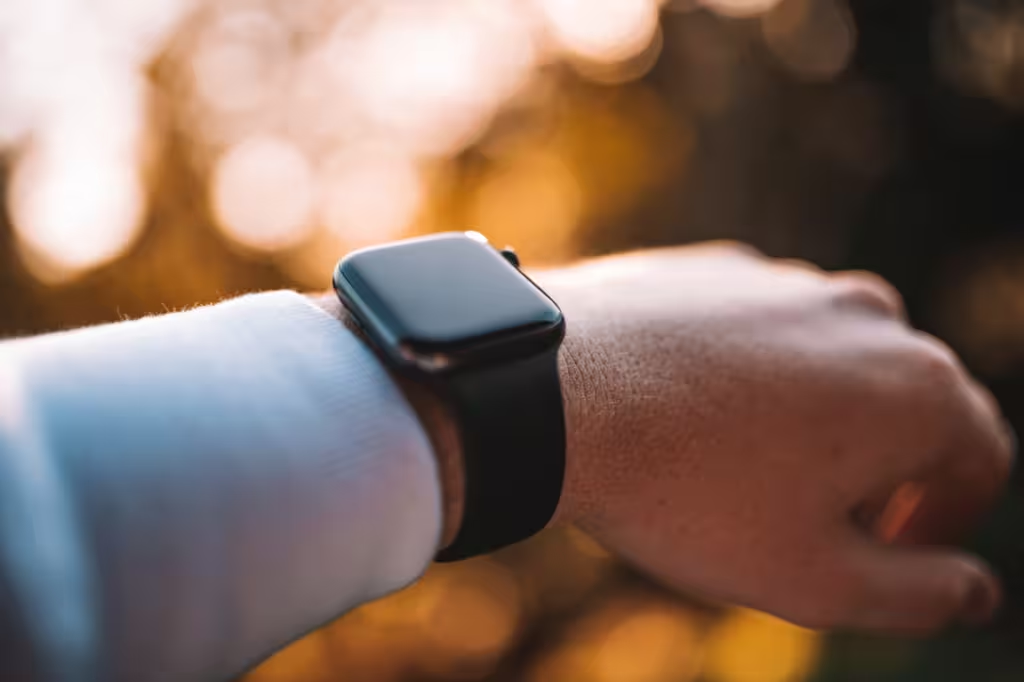
Designing functional features on a device will not make you an inventor for design patents on the device! The District of Delaware (“the court”) recently held that Apple Inc.’s (“Apple”) design patents were not unenforceable due to inequitable conduct because Apple’s engineers did not design any ornamental features within its Apple Watch design patents and therefore were not inventors of the designs. The court also held Apple did not withhold any information from the U.S. Patent and Trademark Office (“PTO”) indicating Apple knew its claimed designs were functional.
Apple brought a patent infringement suit against Masimo Corp. and Sound United, LLC. (collectively “Masimo”) alleging Masimo infringed Apple’s utility and design patents relating to Apple Watches. Masimo argued that Apple’s design patents were unenforceable because “(1) [] an Apple in-house patent agent and the named inventors of [Apple’s design patents] ‘knowingly withheld from the PTO … the names of the engineers who were actual inventors’; and (2) that those same individuals knowingly withheld ‘the functional nature of the claimed designs.’” Apple moved for summary judgment arguing that Masimo could not provide a triable issue as to either of Masimo’s theories. The court agreed with Apple and rejected each of Masimo’s theories.
First, the court held that Apple’s engineers were not required to be listed as inventors in Apple’s design patent applications. Masimo argued that Apple’s engineers were required to be listed as inventors because Apple’s PowerPoint presentations and deposition testimony indicated that the engineers contributed to the design of Apple’s watches. The court explained that these presentations and testimony related to the functional aspects of the watch designs, such as the wheel optical sensor design, and did not relate to whether the engineers contributed to the ornamental aspects of the claimed designs. Additionally, the court further explained that neither the named inventors of the design patents nor the engineers at issue themselves believed that the engineers should have been named as inventors. Therefore, the court held no reasonable factfinder would conclude that the named inventors or Apple’s in-house design patent agent knew that the omitted engineers contributed to the ornamental aspects of the claimed designs.
Second, the court held that Apple did not knowingly withhold any information relating to the functional nature of the claimed designs. Masimo cited to documents, testimony, and a separate utility patent application to argue that Apple’s design patent inventors and in-house design patent agent knew of the functional nature of the Apple Watch designs but did not disclose this information during the prosecution of Apple’s design patents. The court held that the inventors of the design patents and Apple’s in-house design patent agent, who only prosecuted Apple’s design patents, were not aware of Apple’s related utility patents and that Masimo failed to cite any additional evidence that the design patent inventors or Apple’s in-house design patent agent knew that the claimed designs were functional in nature or that these individuals withheld this information from the PTO with an intent to deceive.
In light of this decision, businesses should be cognizant as to whether its employees contributed to the functional or ornamental nature of a claimed design. If an employee contributed to the ornamental appearance of a design they must be listed as an inventor in a design patent application, whereas if the employee merely contributed to the functional aspects of the design, there is no requirement that the employee be listed as an inventor.
